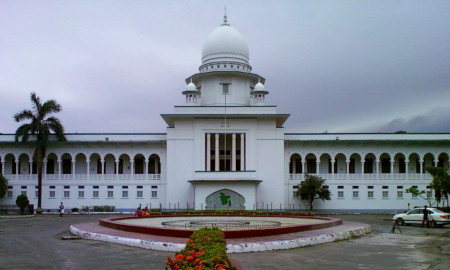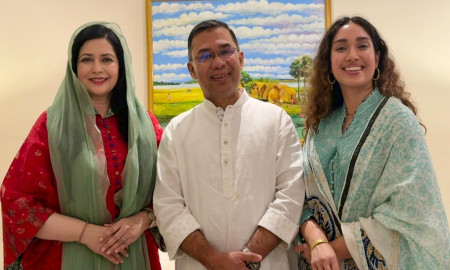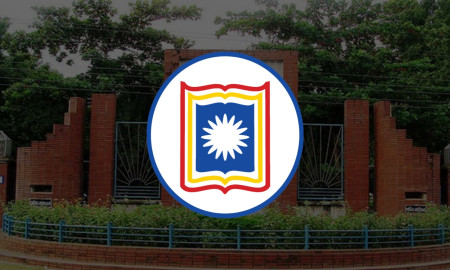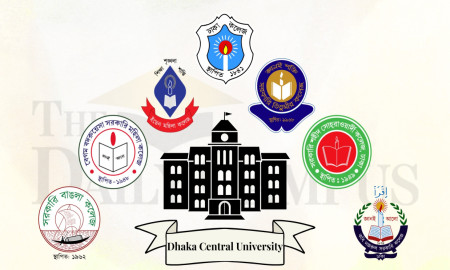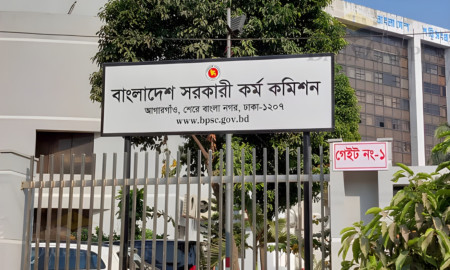Northbrook Hall's historic theatre demolished for museum: Heritage or loss?
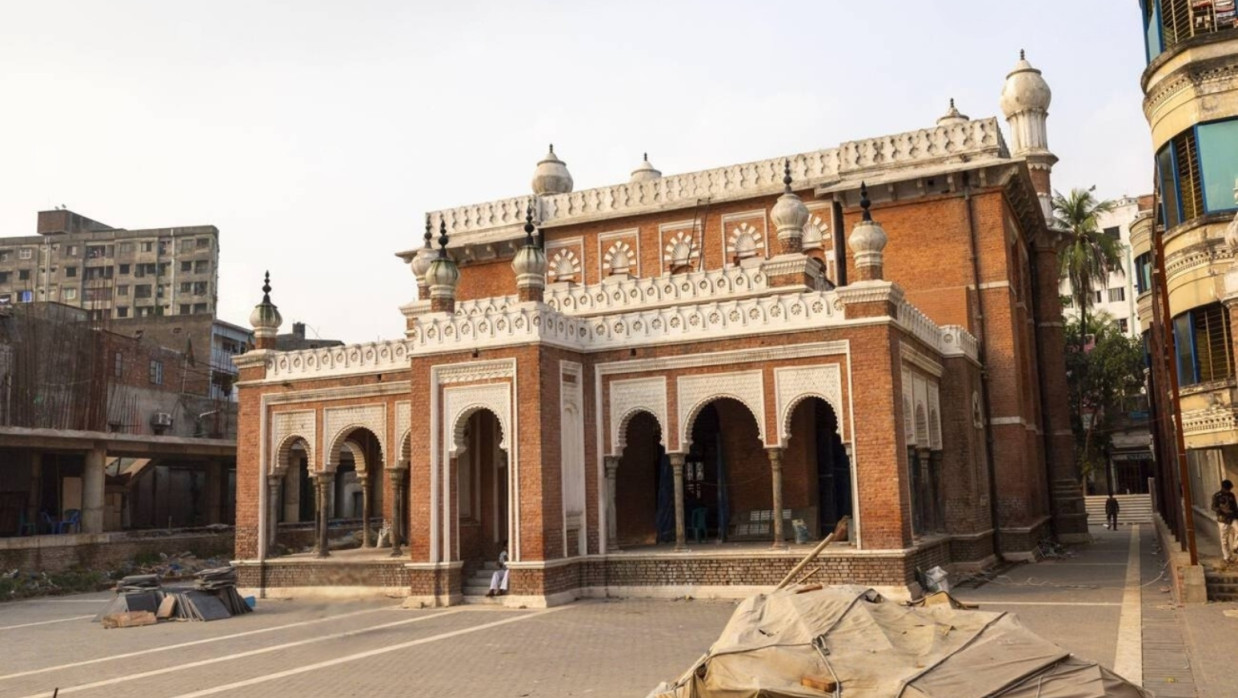
Dhaka, founded centuries ago on the Buriganga River banks, boasts a rich tapestry of historical landmarks from Mughal, colonial British, and Pakistani eras, many silently decaying in its bylanes. Among them, Northbrook Hall—better known as Lal Kutir—stands as a poignant example of faded grandeur.
Built in the late 19th century blending Mughal and European Renaissance architectural motifs, this aesthetic gem in Old Dhaka's Northbrook Hall once served as a hub for the city's elite. Long neglected, its renovation began recently, restoring its original allure while preserving intricate carvings.
The hall, once a vibrant center for public gatherings, entertainment, and cultural pursuits, featured a grand theatre where plays were staged regularly, attracting renowned artists. Seminars, meetings, and cultural events filled the space with energy.
However, the renovation has led to the demolition of its iconic theatre. Local sources say the plan is to convert the interior into a museum preserving the hall's history, construction contributors, and images of prominent Dhaka philanthropists from the era. The decision has stunned many, as the theatre wasn't just a feature but a living legacy of Dhaka's cultural life. Why wasn't it preserved? Why demolished? Questions linger.
A Legacy of Grandeur
Tracing Northbrook Hall's history reveals its origins in 1874, when Dhaka's affluent residents and zamindars commissioned a town hall to commemorate the visit of George Baring, 2nd Earl of Northbrook, then Viceroy and Governor-General of British India. Prominent figures funded the project, including Raja Rajendra Narayan Ray Chowdhury of Bhawal, who donated Tk 10,000.
Completed in late 1879 with European Renaissance designs and carvings, it was inaugurated on May 25, 1880, by Northbrook himself, named after him. Its red hue earned it the local moniker “Lal Kutir,” which stuck.
In 1882, it was transformed into a library, attached to the “Johnson Hall” club room. Books were even imported from Britain in 1887. Over time, it became a cultural epicenter for Dhaka's intellectuals and artists. On February 7, 1926, Rabindranath Tagore chose to stay there during his Dhaka visit, honored with a grand reception by the city's notables.
During the Liberation War, many valuable books were lost. From the Pakistani era, it began fading into obscurity. By 2016, it was fully closed due to neglect.
Revival with a Twist
On-site visits show the renovation nearing completion, with workers toiling since morning. Ornate carvings remain intact, and painting is underway in white and beige to revive its original look. The structure is regaining its form, but the theatre's demolition marks a controversial turn.
Engineer Biplob Kumar of contractor Dali Construction said, “It's old building work, so it's taking time. If new, it would've finished by now. Workers are preserving the original features. Colouring and minor tasks remain; we hope to complete in a month.”
Dipte Das, a student visiting the hall, said, “As a student, I want Northbrook to reclaim its role as a hub for knowledge and arts. Once open, introduce ticketing, using revenue for heritage conservation. Free entry for students with valid IDs would spark interest in history and positively impact civic life.”
Local Mohammad Harun said, “The carvings are preserved, but archaeology officials said to work as-is. Now, the theatre is gone. Plans are to make it a museum with the hall's history and notable figures' photos. Previously, seminars and plays happened there; we participated. But authorities won't retain it now.”
On the demolition and lack of preservation, Dhaka and Mymensingh Archaeology Directorate Regional Director Afroza Khan Mita told *The Daily Campus*, “It's our protected heritage, but the responsibility lies with Dhaka South City Corporation. They worked with a heritage architect. Why they demolished it, they can explain better.”
Dhaka South City Corporation Chief Executive Officer Md. Jahirul Islam countered, “Has the theatre been removed? If so, it will certainly be preserved.”
He added, “I don't know about it; I'll check. Message me; I'll visit for inspection in a few days.”



